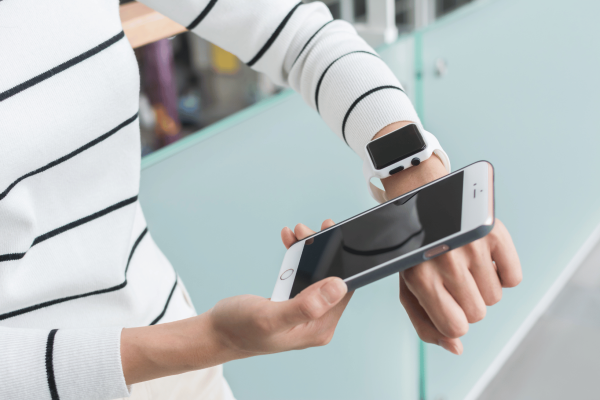Today, many factors are coming together to push the clinical research industry beyond the exclusive reliance on traditional clinical trial sites. The global COVID-19 pandemic, the need to demonstrate more diversity, and better representation among patient groups – these are some of the reasons why researchers are increasingly looking for tools and approaches that allow us to meet patients where they are. The rise in popularity of virtual visits indicates both that these solutions work to help collect data and that participants appreciate the ability to engage with their clinical teams without always needing to travel to a site.
Reducing the Burden of Travel
A major obstacle to diversity in clinical trial patient groups has long been the distance patients and their families must travel from their homes to traditional study centers. Studies for common conditions may be able to enroll reasonably representative groups of patients living within a couple of hours of a study site. For patients with less common conditions who are more likely to be scattered across the globe, distance is often a non-starter. Virtual visits allow study teams to meet face-to-face with participants remotely. The immunocompromised or those with chronic pain and/or mobility challenges can engage with their care teams while staying safer and more comfortable at home. While not all studies can operate with zero visits (fully decentralized studies), virtual visits can minimize travel requirements while allowing study teams to engage with participants and collect data remotely.
Simplifying Trial Participation
One of the perceived challenges of some remote clinical trial elements is that some patients may feel like they have been left on their own. Virtual visits can help preserve that feeling of connection that patients need with their doctors and nurses. Using an application such as our TrialKit Engage solution, participants can easily reach out to their clinicians to schedule virtual visits and enter into those visits within the same app. This helps patients to feel supported – they know they can get in touch with their care team if they have questions, concerns, or difficulties. Study teams also can rely on these tools to easily check in on patients. This way, even remotely, care teams can build and foster strong relationships with patients, serving to keep more patients enrolled and engaged in the study.
Enabling More Patient-Centric Research
One thing that COVID-19 taught us was that a lot of work can get done, and done well, remotely. Just as many of us have learned that we like and, perhaps, prefer working from home, many patients are now keenly aware that technologies exist to help them participate in clinical research without constant trips to study sites. As we all know, clinical trial recruitment is difficult and expensive and, as we mentioned earlier, long distances between participants and trial sites is a deal-breaker for many. Thus, tools like virtual visits can make study participation more realistic and attractive for prospective patients.
At a time when researchers are searching for new approaches to increase study representation and reach broader and more diverse groups of people, patients are also demanding research opportunities and experiences that fit their lives. Virtual visits are useful in bringing research to the patients while also facilitating and complementing the use of other useful remote tactics such as eConsent and eCOA (electronic clinical outcomes assessments). Using these tools, researchers can design studies with the needs of the participant in mind and, by doing so, speed enrollment, keep engagement high, and produce more complete and accurate safety and efficacy data.
Discover how TrialKit Engage can enhance your studies with virtual visits today.




